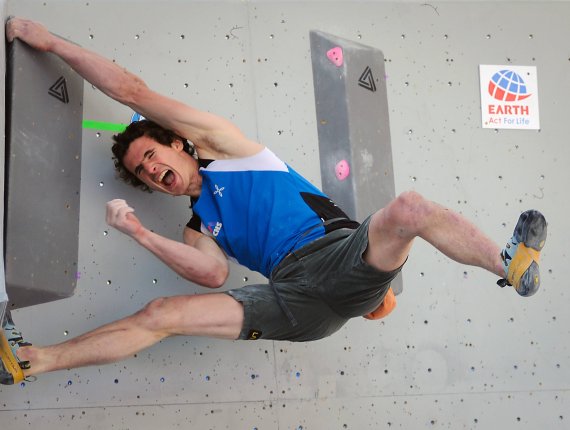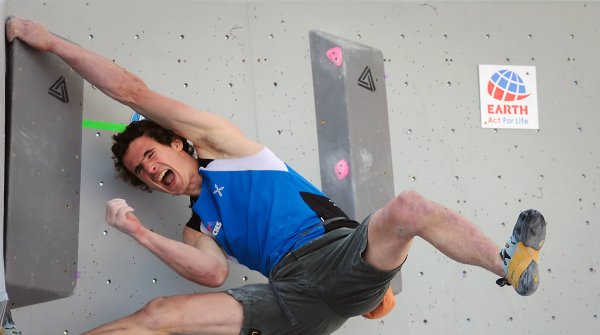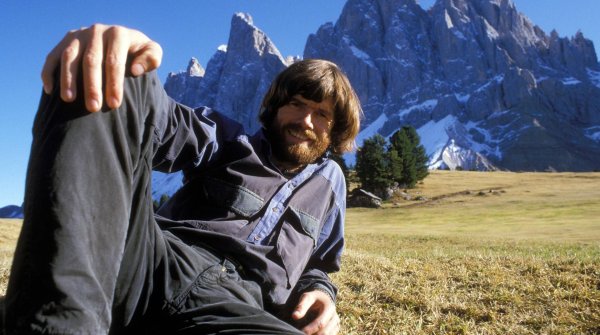Climbing, bouldering, mountaineering: News and background
According to estimates by the German Alpine Association (DAV), there are around 500,000 active climbers in Germany alone, and the trend is rising sharply. Indoor sport climbing in climbing gyms and bouldering in particular is gaining more and more followers. It has developed from a training discipline of rock climbing into a trend sport in its own right
Climbing as an all-round workout
Few sports require as much all-round training as climbing. On the one hand, it requires strength and dexterity, and on the other, the right judgment to choose the best route. Depending on the type of climbing one chooses, it can be done alone or only in a team. Climbing is always a challenge for body and mind.
Another advantage is that climbing is considered one of the supreme disciplines for increasing strength, fitness and body control in a healthy way. The musculature is evenly stressed, which effectively prevents problems with the back or musculoskeletal system.
Most active people start climbing at a young age. According to the DAV, 60 percent of all climbing beginners are between twelve and 20 years old. The most active group is that of 20 to 39-year-olds. Interestingly, the ratio of men to women and boys to girls is almost balanced in climbing.
Climbing can be done in the hall (indoor) or on the rock in the open air (outdoor), each with different levels of difficulty. The greatest advantages of indoor climbing are considered to be:
- independence from weather conditions
- the lower risk of injury
- the easy accessibility of the climbing centers in the cities (there are about 400 halls nationwide)
Since the nature experience is missing in the hall and no great heights can be climbed, many climbers combine indoor and outdoor sports. If the weather is right, they head for the mountains. When it rains and in winter, however, they prefer the gym.
From Petzl, Mammut, and Deuter to Vaude, Salomon, and La Sportiva, climbing offers several renowned manufacturers whose new products and innovations regularly excite the market and climbing enthusiasts. Climbing shoes, climbing harnesses and climbing ropes - find out which utensils help you climb the mountain at ISPO.com.
The goal of the climber (the rope team) is to climb a certain wall or to reach the top of the mountain by climbing. Various belay devices are used, some of which are carried along or are already present on the route.
If the aids used, such as hooks and ropes, are used exclusively for belaying and not for movement, this is called free climbing. If this belaying is also dispensed with, it is called free soloing, or deep water soloing.
If hooks and ropes are also used for locomotion, it is called technical climbing, with which other routes can be mastered. This includes, for example, caving and facade climbing, provided that a rope is used.
Whether indoor or outdoor, sport climbing focuses on the athletic aspect. Sport climbers want to traverse the route as quickly and directly as possible. Relatively short, technically difficult routes are common. Sport climbing also includes sporting comparison in competition.
A special form of sport climbing is bouldering. Climbing is done at jumping height, either indoors or on natural rock. Bouldering involves climbing a route on which certain "problems" of varying difficulty have to be overcome. The athletes are only secured by mats on the ground, which are supposed to cushion a fall. There is no rope safety here.
Via Ferrata (Via Ferrata)
On via ferratas, belaying has priority. The via ferratas can be mastered by non-climbers with the appropriate level of fitness. On the via ferrata, the climber is always connected to the fixed steel rope by a climbing harness. Iron ladders or iron clamps as steps facilitate progress.
Difficulty levels in climbing
There is no uniform scale for evaluating difficulty, but two rating systems have become established in outdoor climbing. They are intended to ensure the comparison of routes among themselves and thus serve the orientation of the climber. In each case, the most difficult passage - the crux - that the climber has to master is rated.
The UIAA scale, which is open to the top, is given in Roman or Arabic numerals; in addition, an intermediate gradation via +/- is possible. The lowest difficulty level is 1 (I), the highest level is currently around 12 (XII).
Also common is the so-called French scale with Arabic numerals and the letters a, b or c as well as a possible upgrading via +. Here, too, counting starts at one, and the highest recognized difficulty is 9b+.
Pure passion! That's not only what Adam Ondra felt when he was the first person to flash a 9a+, that's what we all feel. The passion for altitude, the mountains, the fresh air at the summit is what connects us. That's why we want to bring you closer to everything about mountain sports on ISPO.com.
Climbing equipment and manufacturer
The most important pieces of equipment include climbing shoes, climbing harness and climbing rope, as well as various belay systems with carabiners, such as the half-mast belay. In addition, there are a variety of other utensils, from bivy sacks and climbing helmets to various slings, chalk and chalk bags.
The most renowned manufacturer brands include Petzl, Black Diamond, Mammut, Ocùn, Edelrid, Deuter, Vaude, Salomon, La Sportiva and many more.
How to learn climbing
If you want to start climbing, you can follow the DAV climbing rules in advance. The most important measure in the climbing hall here is: the partner check. Serious background: In all fatal accidents since 2000, there were problems with the rope knot, according to the DAV. With proper control, this could have been avoided.















